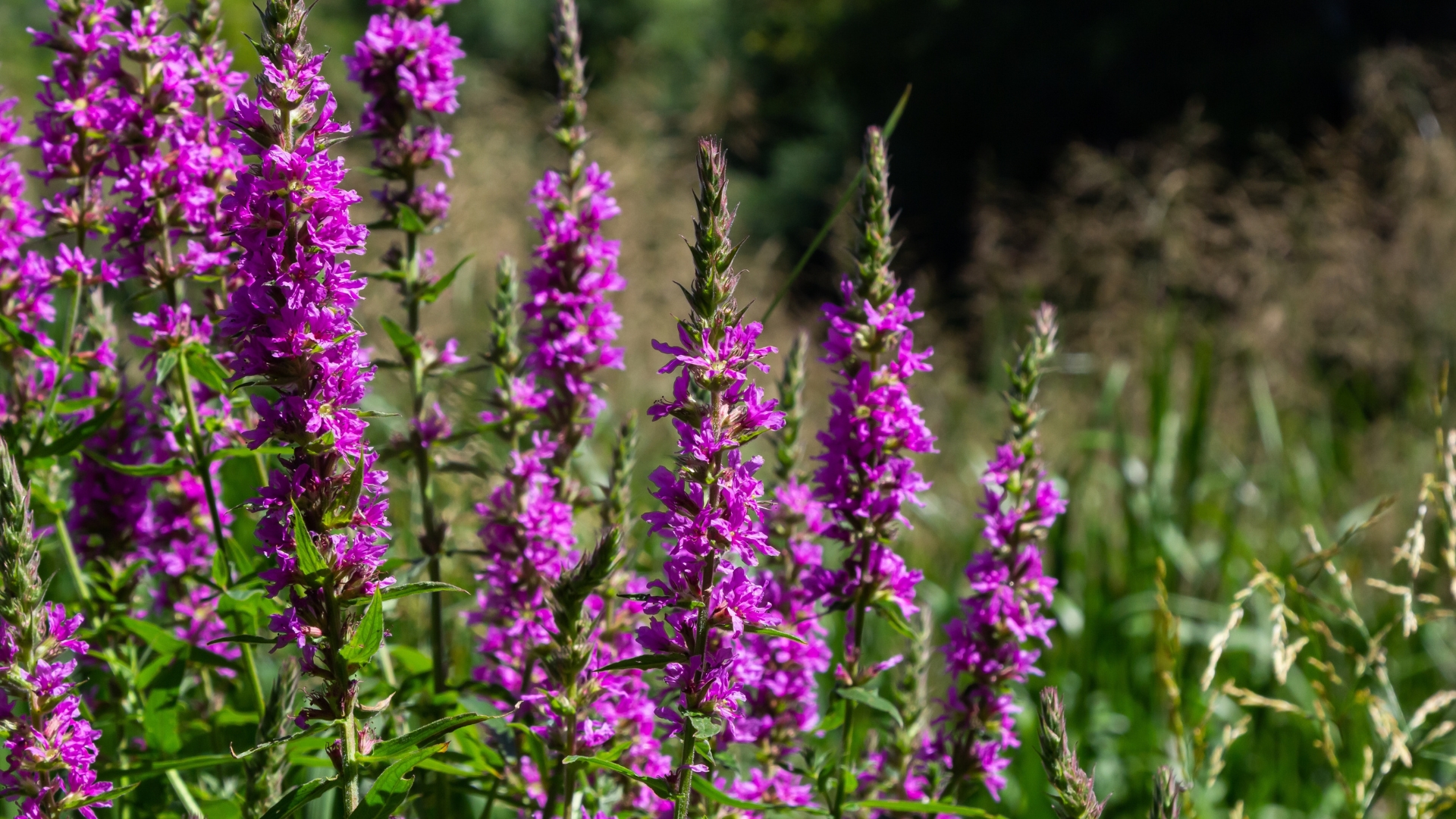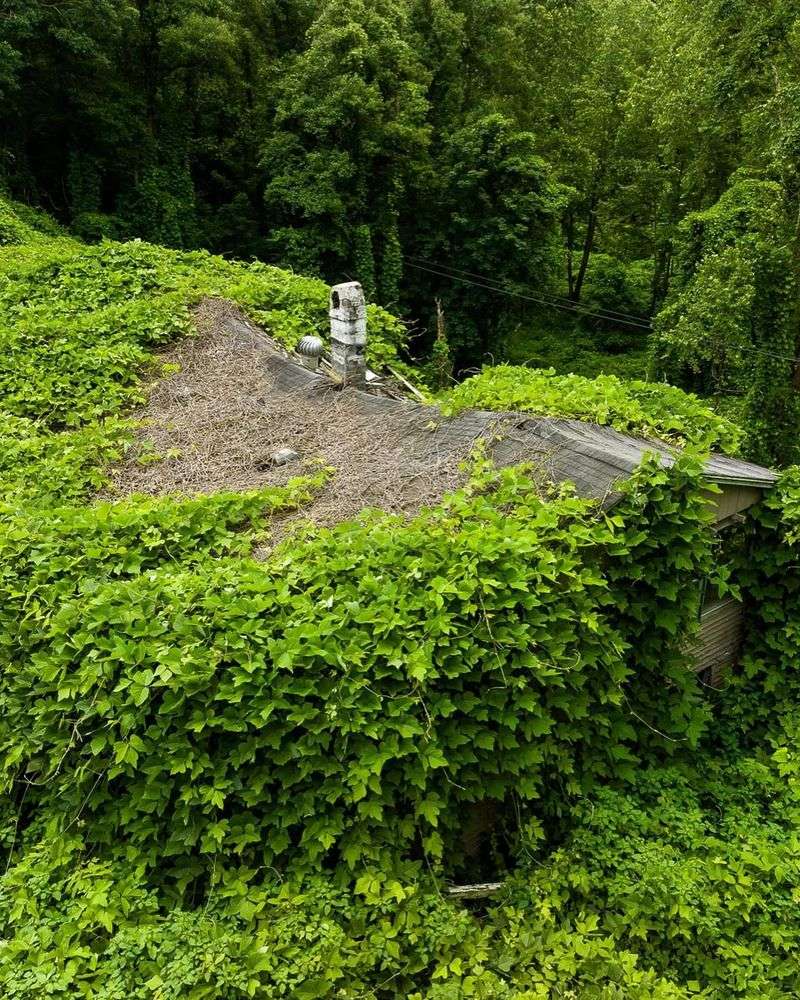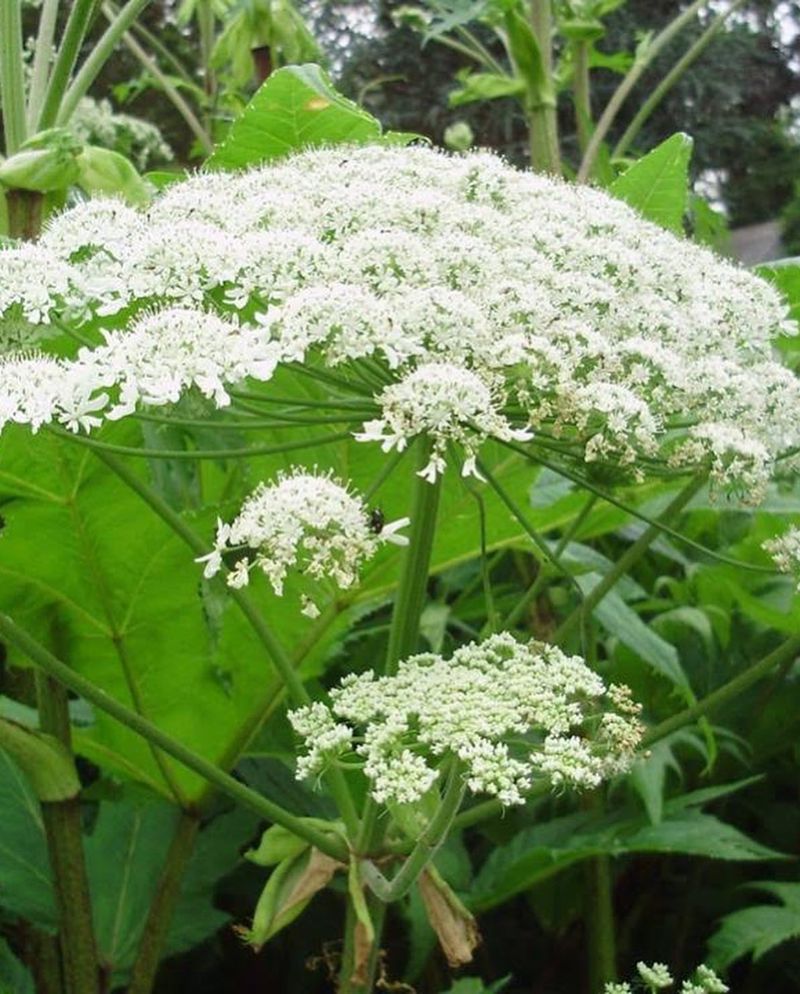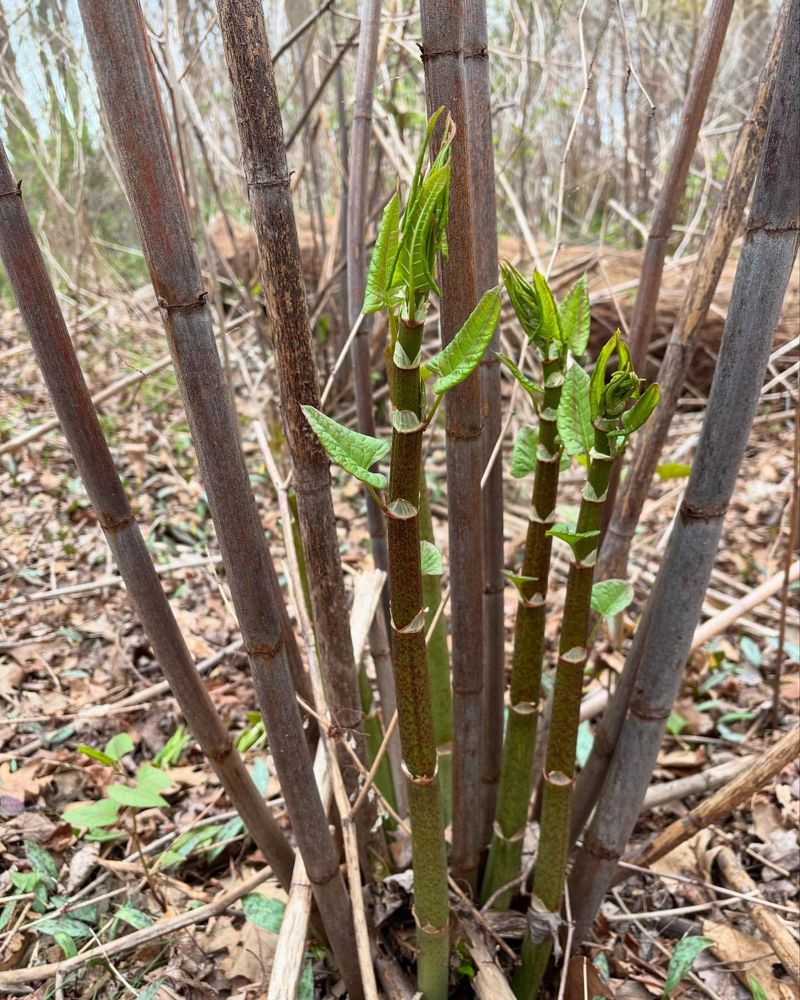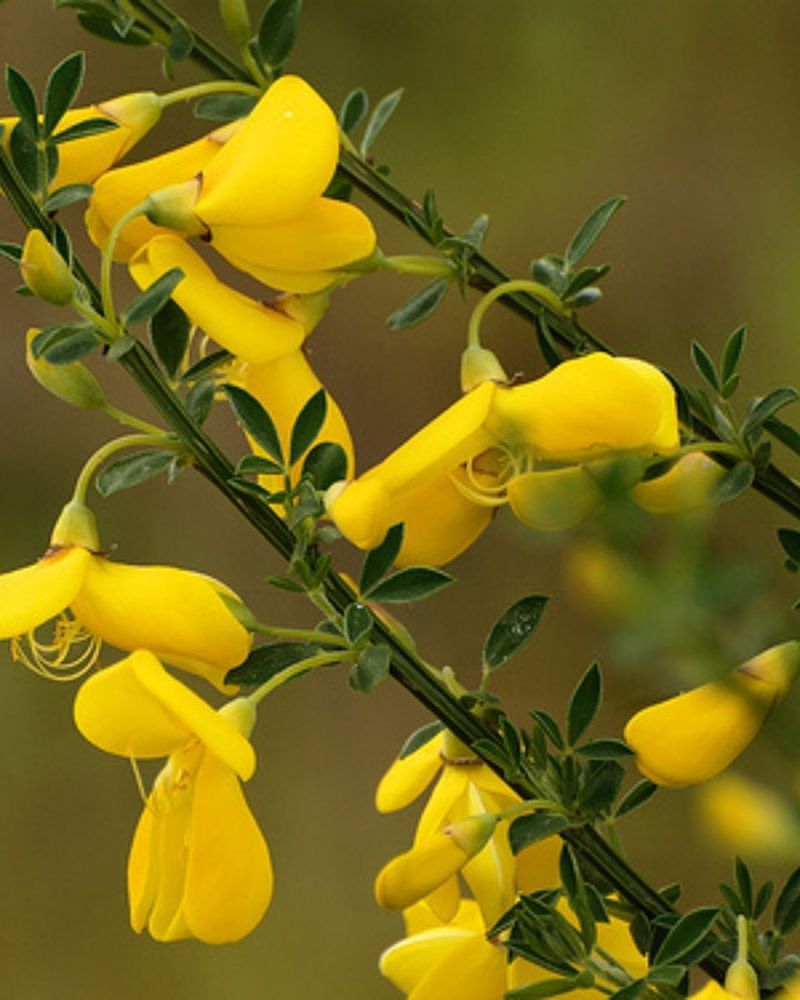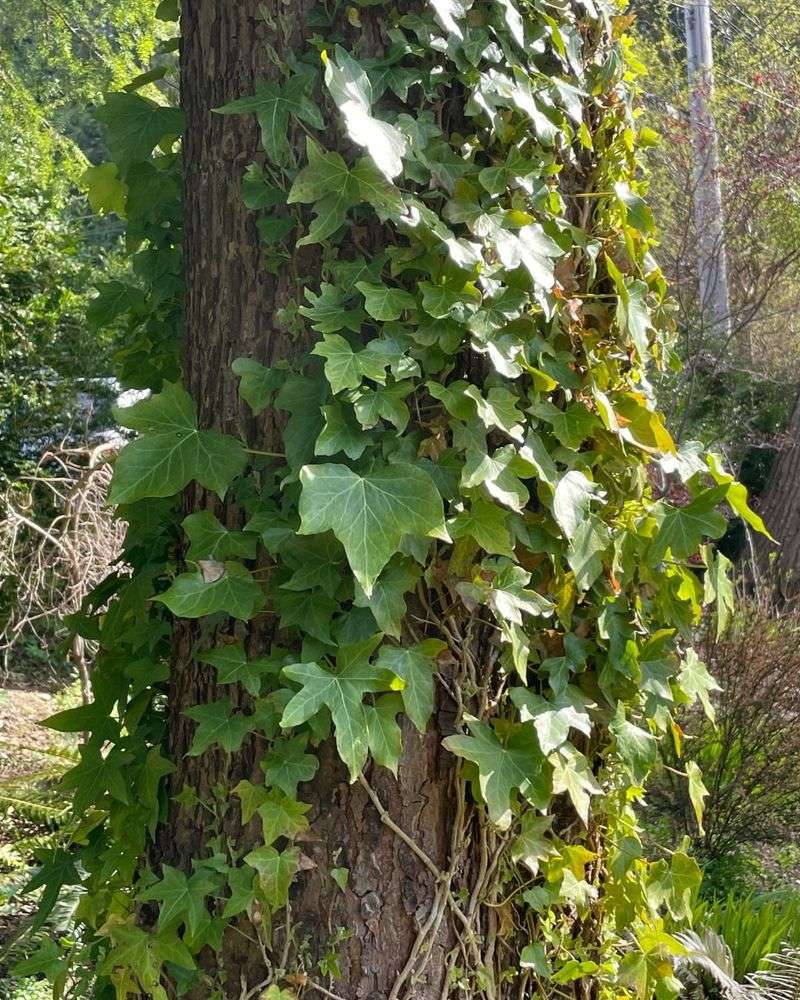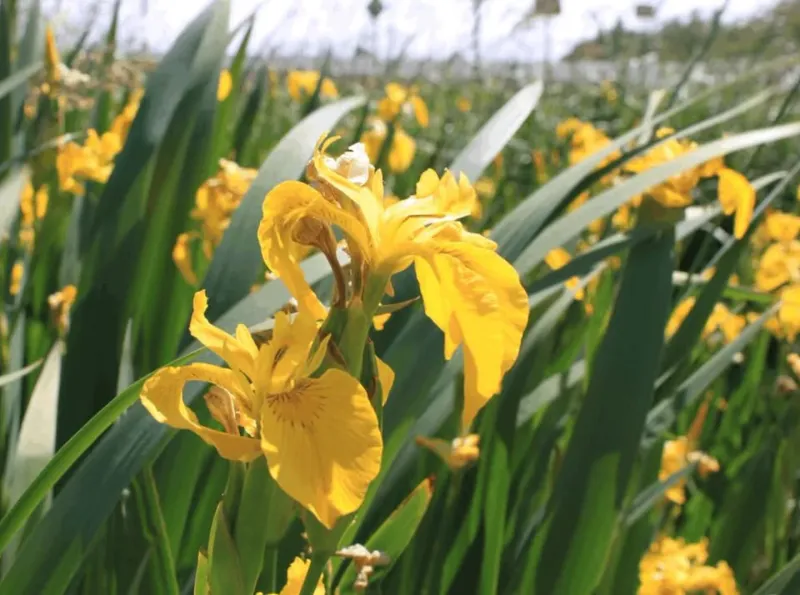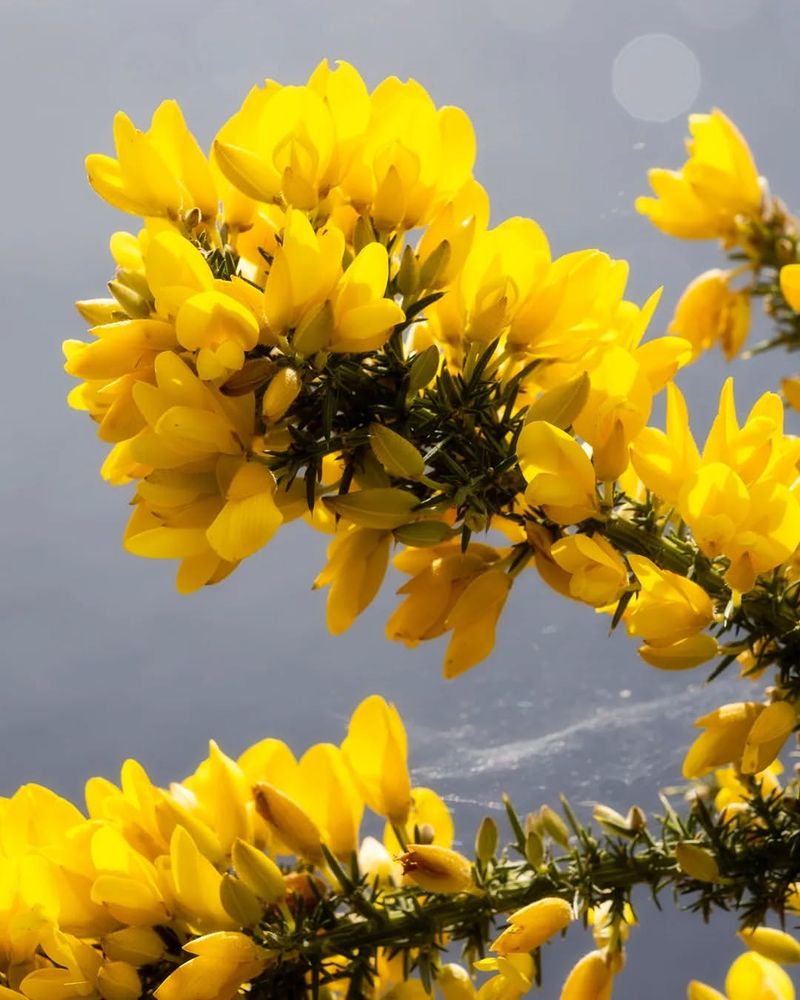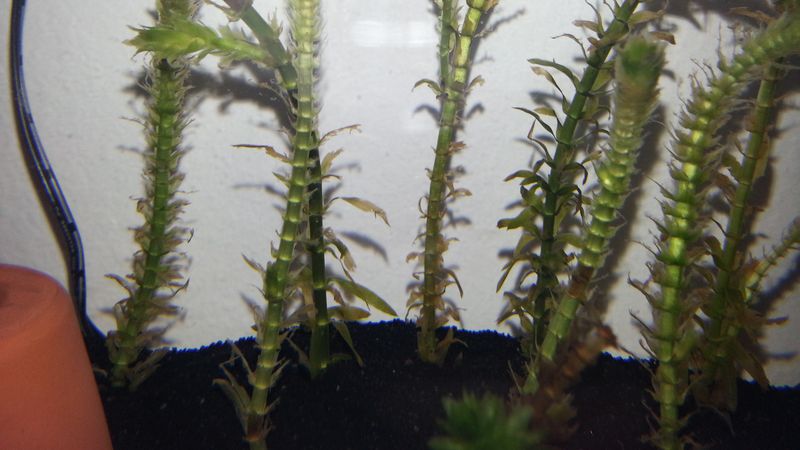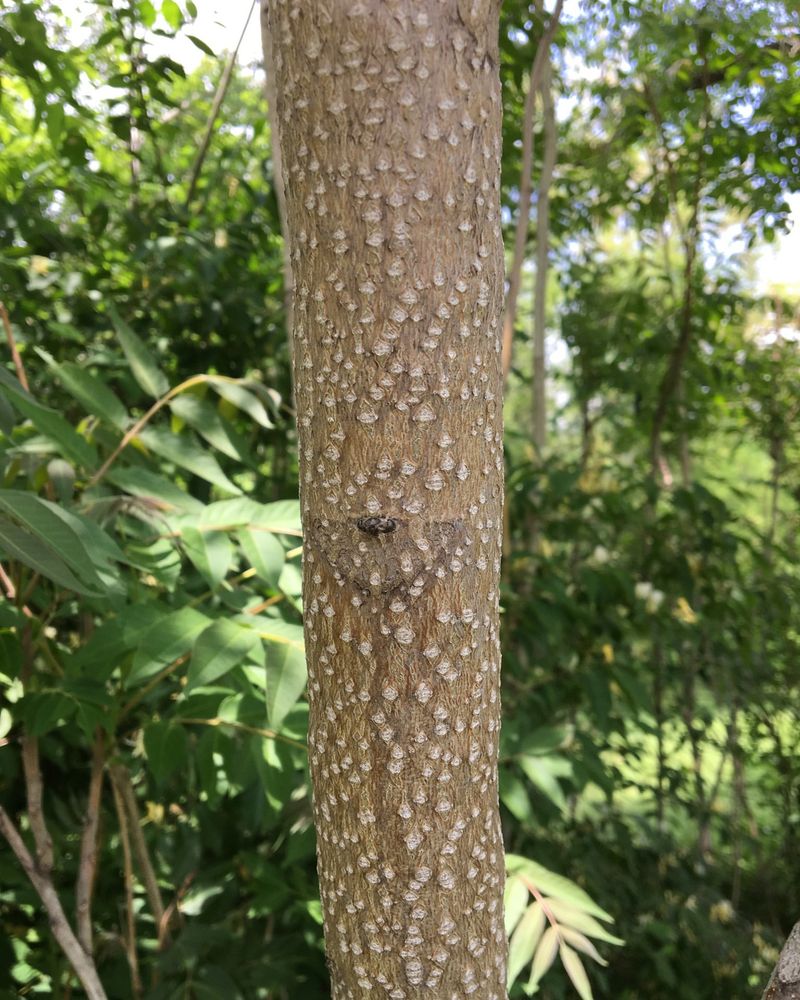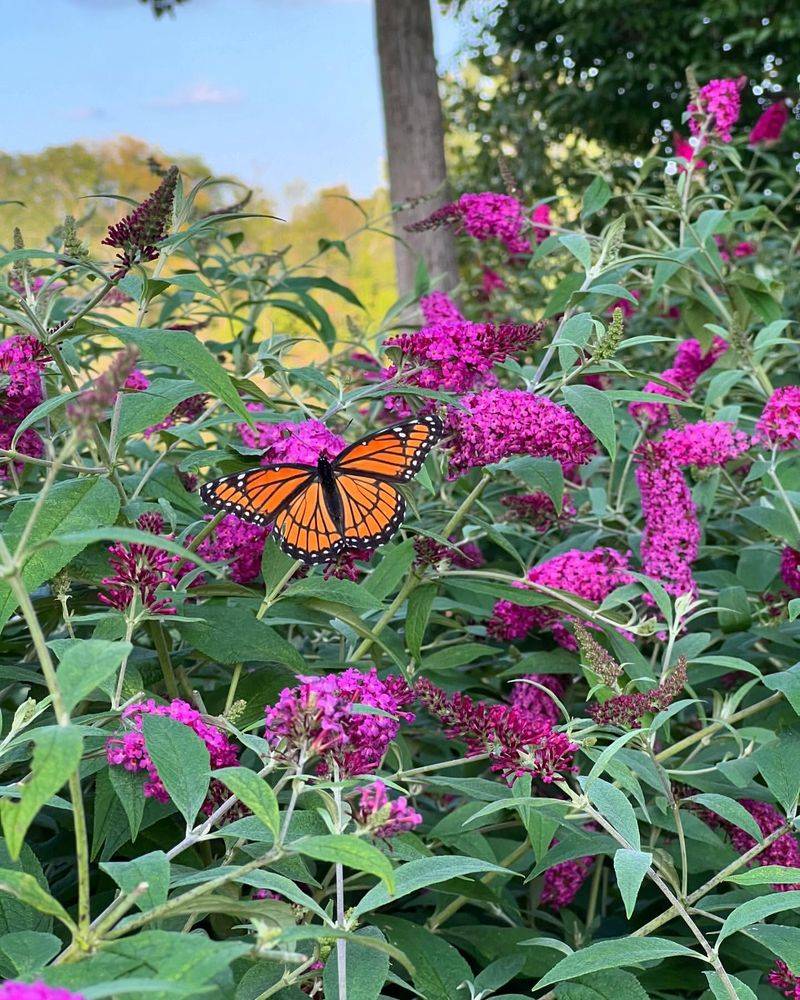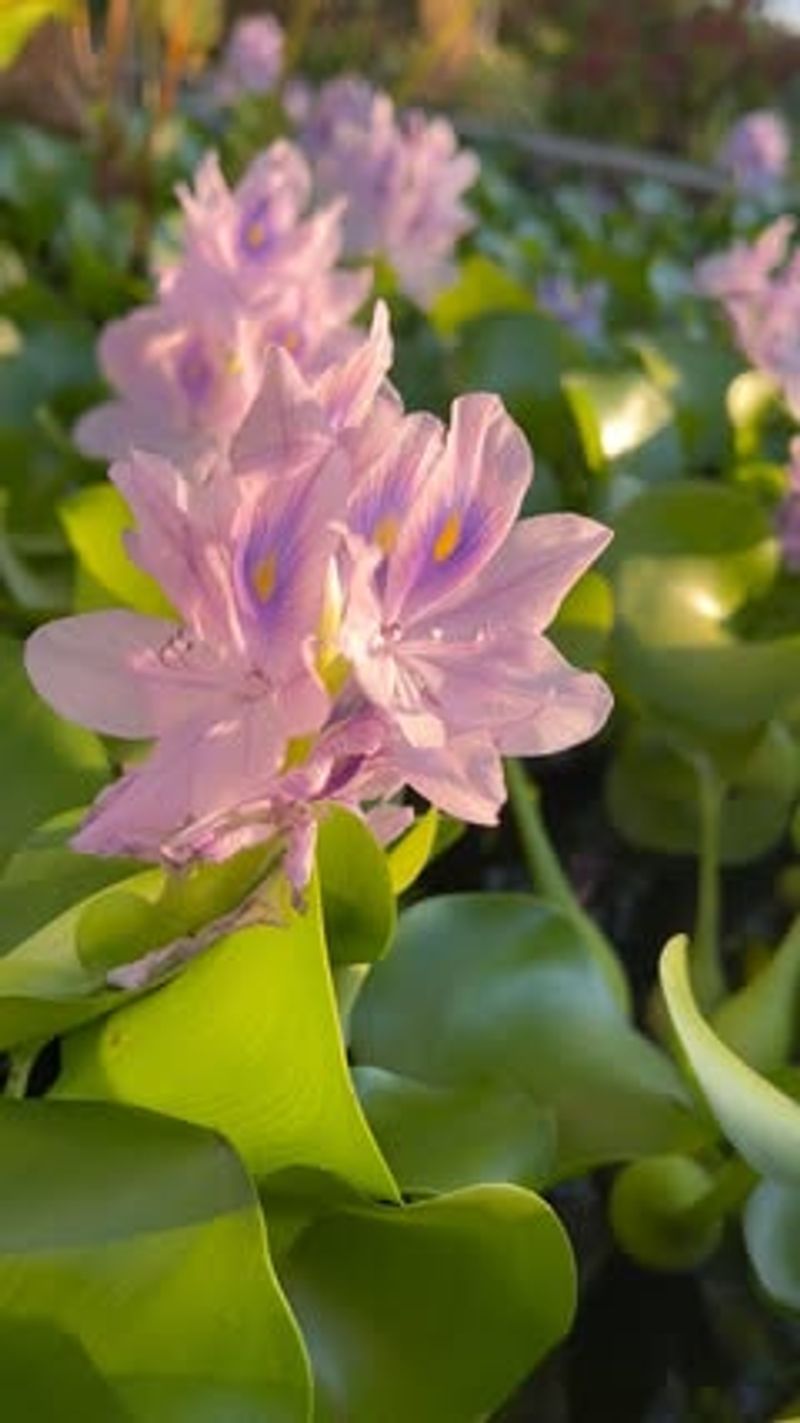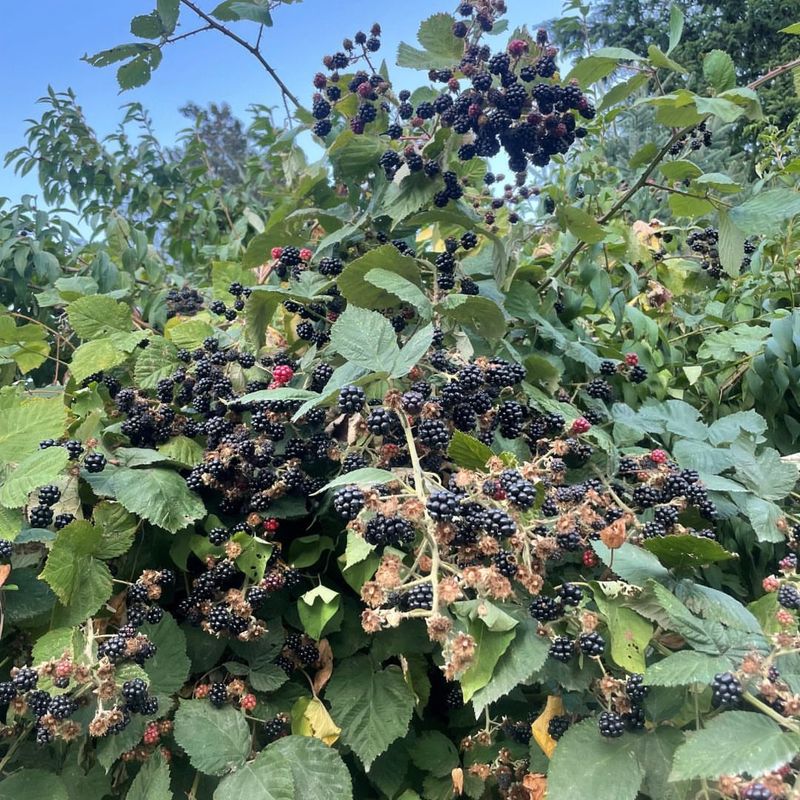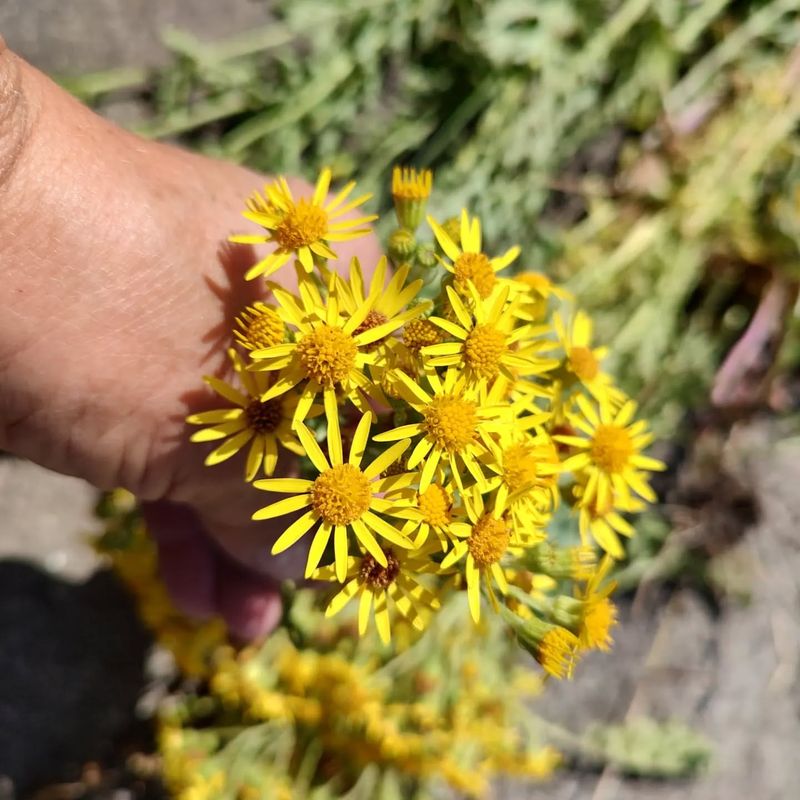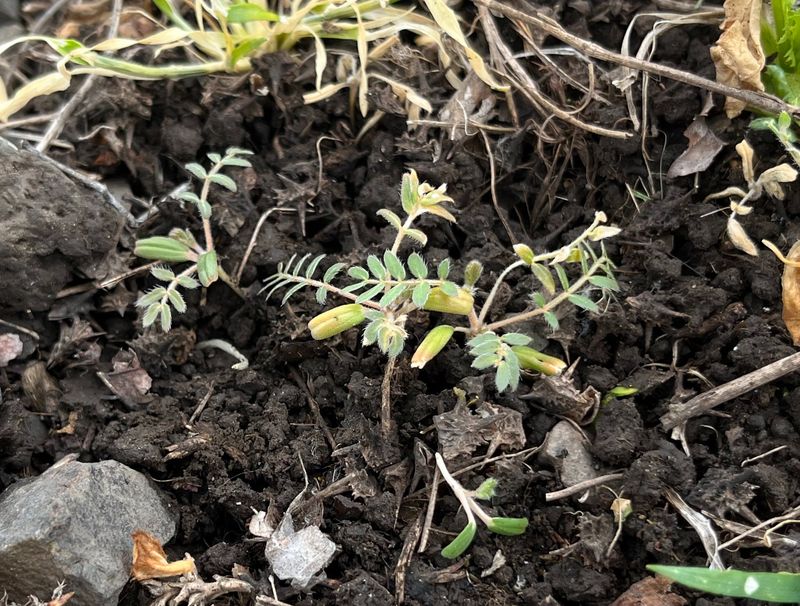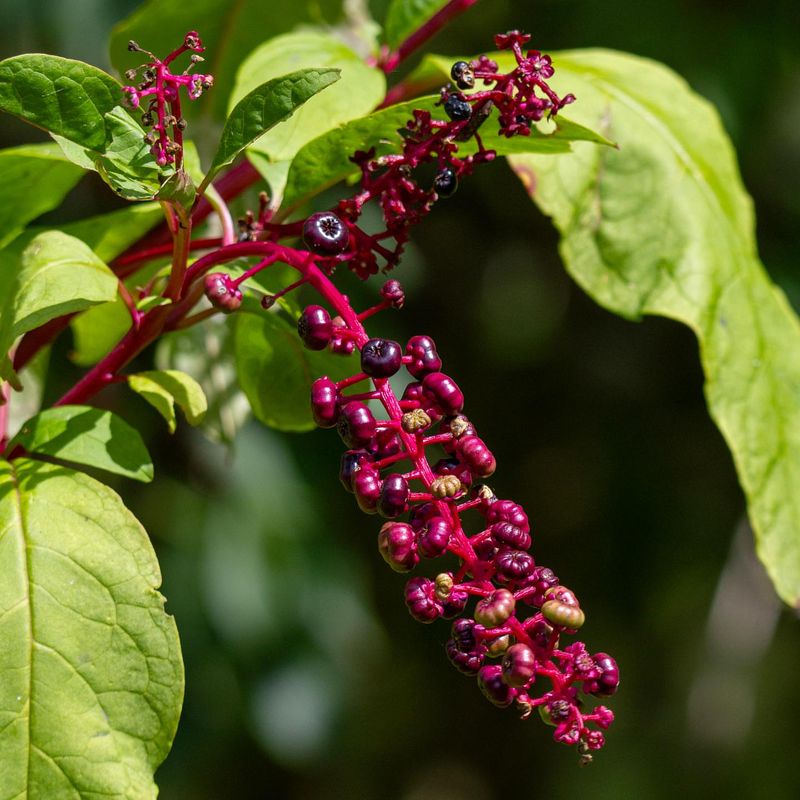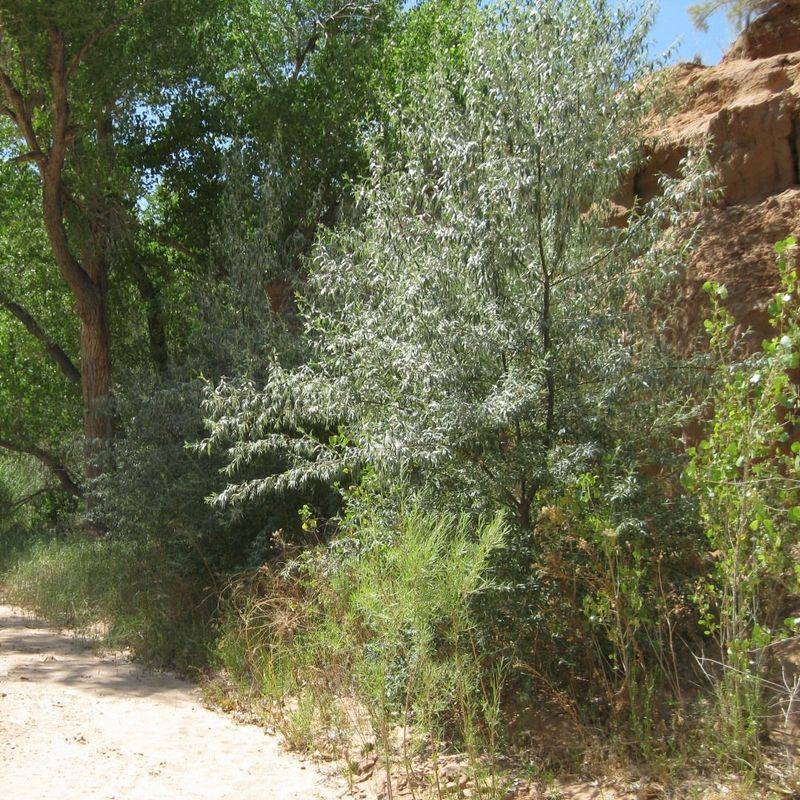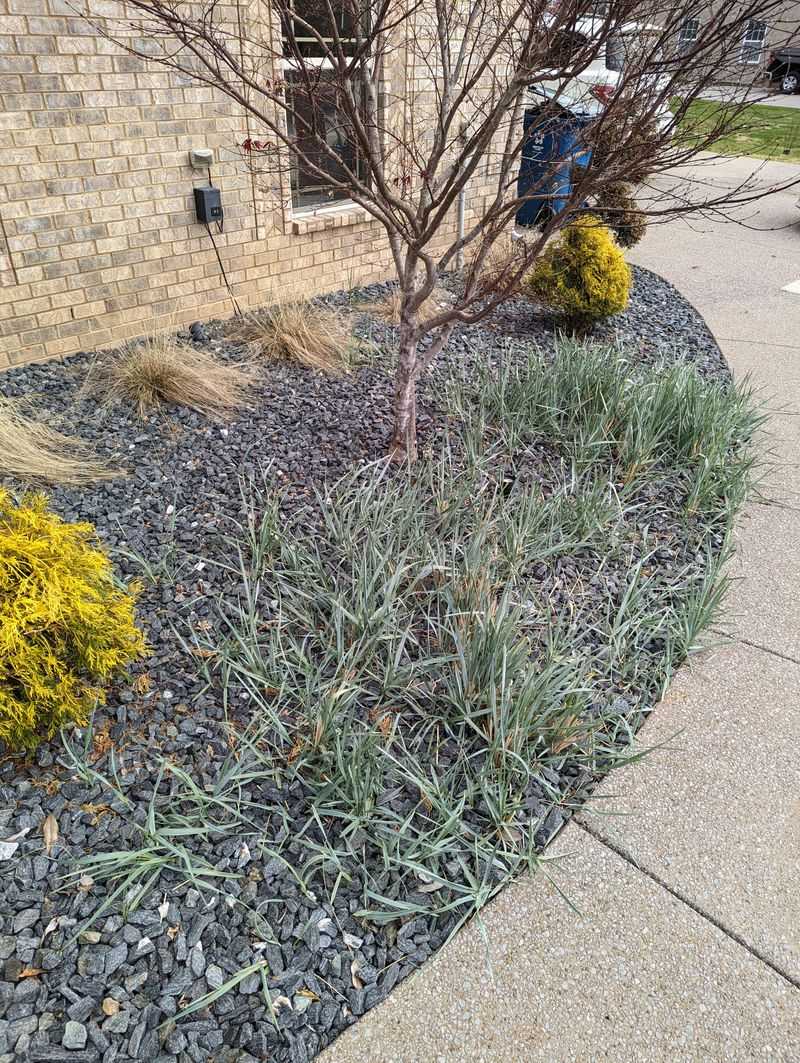Oregon’s gardens are full of amazing possibilities, but some plants just don’t make the cut here. You could be planting something that’s actually on the banned list without even realizing it.
I’ve had moments where I thought a new plant would be perfect—only to find out it’s not allowed. Let’s take a quick look at the plants Oregon has put off-limits, so your garden stays healthy and hassle-free.
Keeping your garden friendly to the environment and legal is easier than you think!
1. Purple Loosestrife
Found in wetlands across Oregon, this deceptively pretty purple flower chokes out native species at alarming rates. Its dense root systems and prolific seed production make it nearly impossible to control once established.
Oregon officials spend thousands annually battling this invasive beauty. What looks like a harmless addition to your water garden could result in hefty fines and damage to local watersheds.
2. Kudzu
Known as “the vine that ate the South,” kudzu has been making its way into Oregon’s warmer regions. This aggressive climber can grow up to a foot per day, smothering trees, buildings, and anything else in its path.
Oregon’s Department of Agriculture lists it as a Class A noxious weed. The vine’s seemingly unstoppable growth pattern means even a small planting could lead to massive landscape damage.
3. Giant Hogweed
This towering plant isn’t just prohibited—it’s dangerous! Growing up to 15 feet tall with white umbrella-shaped flower clusters, giant hogweed looks impressive but hides a nasty secret.
Its sap causes severe burns when skin is exposed to sunlight. Oregon gardeners who spot this menace should report it immediately to authorities and never attempt removal without proper protection.
4. Japanese Knotweed
With bamboo-like stems and heart-shaped leaves, this Asian transplant might seem like an attractive addition to your Oregon landscape. Don’t be fooled by its ornamental appearance!
Japanese knotweed’s root system can damage foundations, roads, and flood defenses. Oregon land managers battle this tenacious plant that can regrow from tiny root fragments, making complete eradication extremely difficult.
5. Scotch Broom
Those bright yellow flowers might catch your eye at the garden center, but planting Scotch broom in Oregon is a serious no-no. This legume quickly forms impenetrable thickets that crowd out native plants and create fire hazards.
Across Oregon’s highways and wild areas, this European invader has already caused ecological damage. Its long-lived seeds can remain viable in soil for decades, making control efforts particularly challenging.
6. English Ivy
Surprised? This common landscaping plant is actually on Oregon’s noxious weed list. When it escapes gardens, English ivy smothers native vegetation and can kill mature trees by adding weight and blocking sunlight.
Oregon’s native forests are particularly vulnerable to this evergreen invader. The plant’s berries are spread by birds, allowing it to establish deep in natural areas where removal becomes nearly impossible.
7. Yellow Flag Iris
The vibrant yellow blooms might tempt water garden enthusiasts, but this iris is banned throughout Oregon. It forms dense mats in wetlands and along waterways, crowding out native plants vital to local wildlife.
Oregon’s delicate wetland ecosystems suffer when this European beauty takes hold. The plant’s tough rhizomes make removal difficult, and its seed pods float on water, spreading the problem downstream.
8. Gorse
This spiny evergreen shrub with yellow flowers has a notorious history in Oregon, particularly along the coast. Its highly flammable oils have contributed to devastating wildfires, including one that destroyed the town of Bandon in 1936.
Oregon coastal communities still battle gorse infestations today. The plant forms impenetrable thickets that can reach 10 feet high, and its seeds remain viable for up to 30 years in soil.
9. Brazilian Elodea
Aquarium owners beware! This popular water plant is banned in Oregon waterways. When released into natural settings, Brazilian elodea forms dense underwater mats that choke out native vegetation and disrupt fish habitats.
Oregon’s lakes and slow-moving rivers have suffered from this South American invader. Just a tiny fragment can start a new infestation, making proper disposal of aquarium plants absolutely crucial.
10. Tree-of-Heaven
Despite its heavenly name, this fast-growing tree is a nightmare for Oregon ecosystems. Originally imported from China as an ornamental, it quickly spreads through both seeds and root suckers, forming dense stands that exclude native vegetation.
Oregon land managers particularly worry about this tree because it hosts spotted lanternfly, a destructive insect pest. Its roots can damage sewers and foundations, making it problematic in urban areas too.
11. Butterfly Bush
Many Oregon gardeners are surprised to learn this pollinator-attracting shrub is actually on the state’s watch list. While beautiful and butterfly-friendly, it escapes gardens and displaces native plants that wildlife depend on for their complete lifecycle.
Throughout Oregon’s wild areas, butterfly bush competes with native vegetation. If you already have one, experts recommend deadheading spent flowers before they set seed to prevent spread.
12. Water Hyacinth
With gorgeous lavender flowers and glossy green leaves, water hyacinth seems perfect for water gardens. However, this floating plant is strictly prohibited in Oregon due to its aggressive growth in natural waterways.
Across Oregon’s ponds and slow-moving waters, this South American native can double its population in just two weeks. It forms thick mats that block light, deplete oxygen, and impede boat traffic.
13. Himalayan Blackberry
Those sweet berries come with a serious environmental cost in Oregon. This aggressive invader forms impenetrable thickets with vicious thorns, crowding out native plants and blocking access to waterways for both humans and wildlife.
Oregon’s riparian areas are particularly vulnerable to this European transplant. Despite producing edible fruit, its environmental damage far outweighs any benefits, costing millions in control efforts annually.
14. Tansy Ragwort
This yellow-flowered plant might look innocent, but it’s deadly to livestock and native wildlife. Containing toxins that cause liver damage, tansy ragwort has caused significant economic losses to Oregon’s agricultural community.
Oregon ranchers must vigilantly monitor pastures for this European invader. A single plant can produce up to 150,000 seeds that remain viable in soil for up to 15 years, making long-term control necessary.
15. Puncturevine
Also known as goathead, this low-growing plant produces spiny seed pods that can puncture bicycle tires and injure pets. The sharp seeds stick to shoes, animal fur, and vehicle tires, helping it spread rapidly across Oregon.
Oregon outdoor enthusiasts particularly hate this Mediterranean native. Its seeds can remain dormant for years, waiting for the right conditions to germinate and create new infestations of this painful pest.
16. Pokeweed
The dark purple berries might look tempting, but pokeweed is both invasive and toxic. All parts contain compounds that can cause severe digestive distress, making it particularly dangerous in areas where children might encounter it.
Oregon gardeners sometimes mistake young shoots for edible plants. This eastern U.S. native grows quickly to over 10 feet tall with distinctive purple stems and produces thousands of seeds spread by birds.
17. Russian Olive
With silvery leaves and fragrant flowers, Russian olive was once planted widely for windbreaks and erosion control. Now it’s recognized as an aggressive invader that displaces native vegetation along Oregon’s waterways.
Across Oregon’s riparian areas, these thorny trees form dense thickets. They change soil chemistry through nitrogen fixation, altering habitat conditions and making it difficult for native plants to reestablish.
18. Poison Hemlock
Often confused with Queen Anne’s lace, this highly toxic plant has killed people who mistakenly used it for food. All parts contain deadly alkaloids that can cause respiratory failure within hours of ingestion.
Oregon parks and wild areas sometimes harbor this European native. Its white umbrella-shaped flower clusters and purple-spotted stems help identify this dangerous plant that’s prohibited from intentional cultivation.
19. European Beach Grass
Originally planted to stabilize Oregon’s coastal dunes, this grass has dramatically altered natural dune ecosystems. It grows densely, preventing the natural movement of sand and changing habitat for native plants and animals.
Oregon’s unique coastal landscapes have been transformed by this European import. Its deep, extensive root system makes removal extremely difficult once established, requiring ongoing management efforts by conservation groups.

